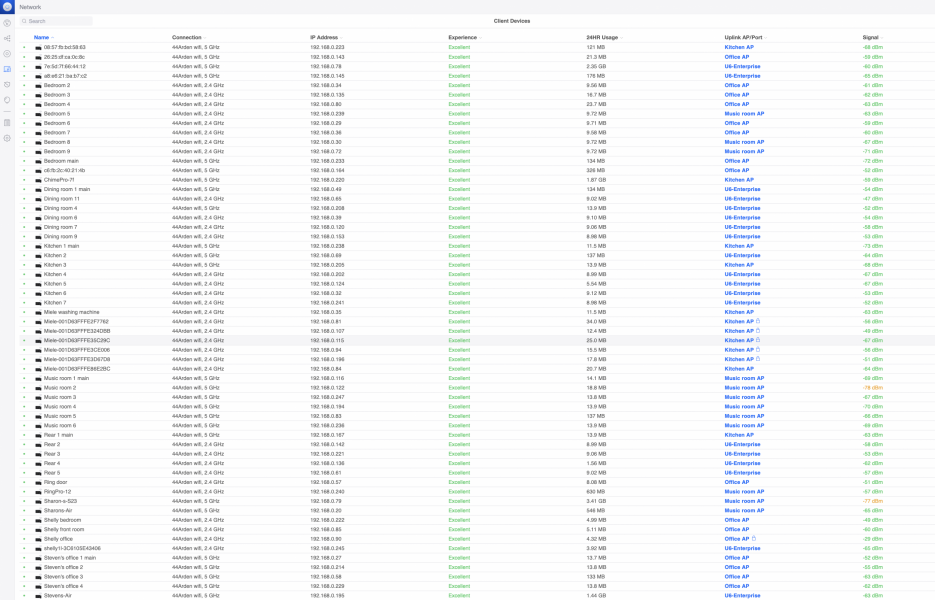It would require more bytes than my arthritic fingers are comfortable typing, to fully detail what I have heard between different Ethernet cables. Here are few comparisons, as I recall.If you have compared it with other products can you elaborate more on what differences you found?
The first three cables were auditioned over three years ago, and not likely current.
Supra: can not recall version. Was well rated, was better than my stock cables.
Buffalo: can not recall version. Barely better than my stock basic cables.
Blue jeans: can not recall version. Smooth, flat, but, not very refined.
WireWorld starlight 8 : More detailed the previous three above cables, but an aggressive top end. Better harmonic bloom and layering compared to above cables not comparable to three cables below.
Synergistic Foundation: previous Generation. Better than the previous four, but not in the same league as the two cables below.
Viablue EP-7 Silver Cat7: a great value. Very detailed, with a less upfront stage than Transparent, and a more laser focused image density.
Transparent Ethernet: If I understand correctly, this cable is an unshielded Cat 5. Compared to the ViaBlue, it is the more refined, smoother, and has a slightly better harmonic character. This cable is not as top end weighted as the ViaBlue, but it projects a deeper stage. The Transparent’s more upfront presentation could complement speakers that have a too distant sound stage.
Either the ViaBlue or Transparent Ethernet could be a great choice, depending on system synergy.
Last edited:




